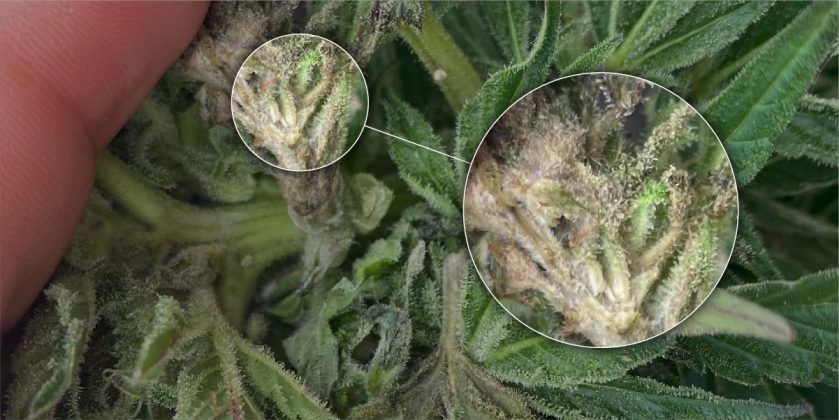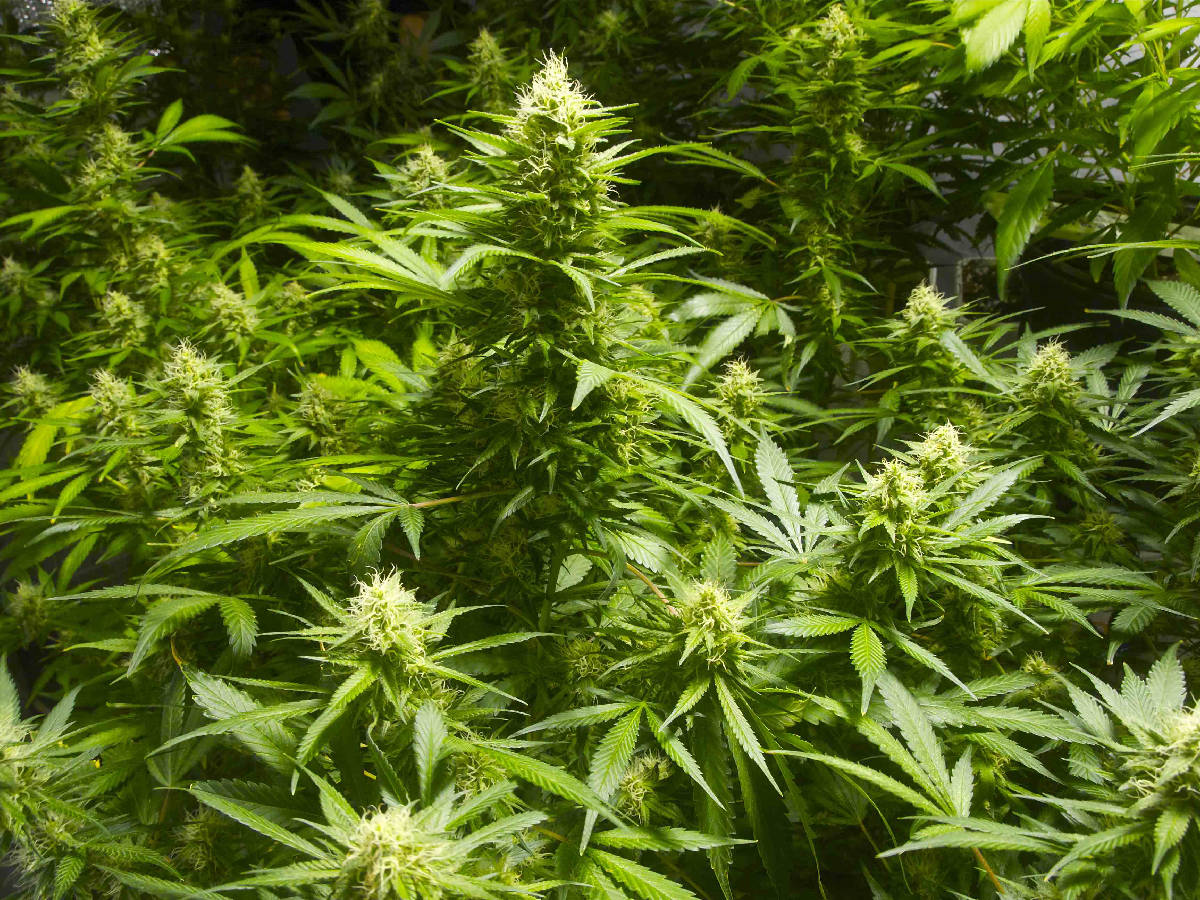What Does Weed Look Like When Its Ready To Harvest

Urgent action needed: Cannabis cultivators must accurately identify harvest readiness to maximize yield and potency. Knowing when to harvest is critical to avoid devastating losses.
This guide provides critical visual cues and techniques for determining optimal harvest time, empowering growers to make informed decisions and secure a high-quality crop.
The Critical Signs: Trichomes Take Center Stage
The most reliable indicator of harvest readiness lies in the trichomes, the resin glands covering the buds and surrounding leaves. These tiny, mushroom-shaped structures are the factories producing cannabinoids like THC and CBD.
Initially, trichomes appear clear and glassy. This signals that the plant is still developing cannabinoids.
As the plant matures, the trichomes transition from clear to cloudy, or milky white. This is a key indicator that THC production is peaking.
Experienced growers often use a jeweler's loupe or a digital microscope to closely examine the trichomes. Magnification is essential for accurate assessment.
Amber Trichomes: The Sign of Maturation
Once a significant percentage of trichomes turn amber, or brownish-orange, it indicates that the THC is beginning to degrade into CBN. CBN can produce a more sedative effect.
The ratio of cloudy to amber trichomes will determine the effects of the final product. A higher percentage of cloudy trichomes generally results in a more cerebral and energetic high.
Conversely, a greater proportion of amber trichomes leads to a more body-focused and relaxing experience.
Beyond Trichomes: Other Visual Indicators
While trichomes are the primary indicator, other visual cues can provide additional insights. Observe the pistils, the hair-like strands emerging from the buds.
Initially, pistils are white and stand upright. As the plant matures, they will begin to curl and change color, typically to orange, red, or brown.
A general guideline is to harvest when approximately 50-70% of the pistils have darkened and curled. This often coincides with the peak trichome maturity.
Also, observe the overall appearance of the plant. Mature plants may show signs of slowing growth and yellowing leaves, particularly lower down on the plant.
The Tools You Need for Accurate Assessment
A jeweler's loupe with at least 30x magnification is the bare minimum for examining trichomes. Digital microscopes offer even greater detail and the ability to capture images.
Proper lighting is essential for clear visibility. Use a bright, focused light source to illuminate the trichomes.
A notebook and pen are helpful for recording your observations and tracking the progression of trichome development over time.
Harvesting Too Early vs. Too Late: Understanding the Consequences
Harvesting too early results in lower yields and significantly reduced potency. The THC content will not have reached its peak.
Harvesting too late can lead to a degradation of THC into CBN, resulting in a less potent and potentially undesirable effect.
Ultimately, the ideal harvest window is a matter of personal preference and depends on the desired effects. Monitor the trichomes closely and make informed decisions based on your observations.
Considerations Based on Strain
Different cannabis strains mature at different rates. Indica strains typically mature faster than sativa strains.
Research the specific characteristics of your strain to understand its expected maturation timeline. This information can be found on seed bank websites or in grower forums.
Keep detailed records of your grow and adjust your harvesting strategy accordingly from one grow to the next. The grower needs to know the specific type of strain they are growing.
Next Steps: Monitoring and Planning
Regularly monitor your plants, examining the trichomes and pistils every few days as they approach maturity. Keep note of the date and the time to harvest.
Start planning your harvesting and drying process well in advance. Ensure you have the necessary equipment and space prepared.
Successful harvesting hinges on careful observation and timely action. Proactive assessment is the key to maximizing the quality and potency of your cannabis crop.
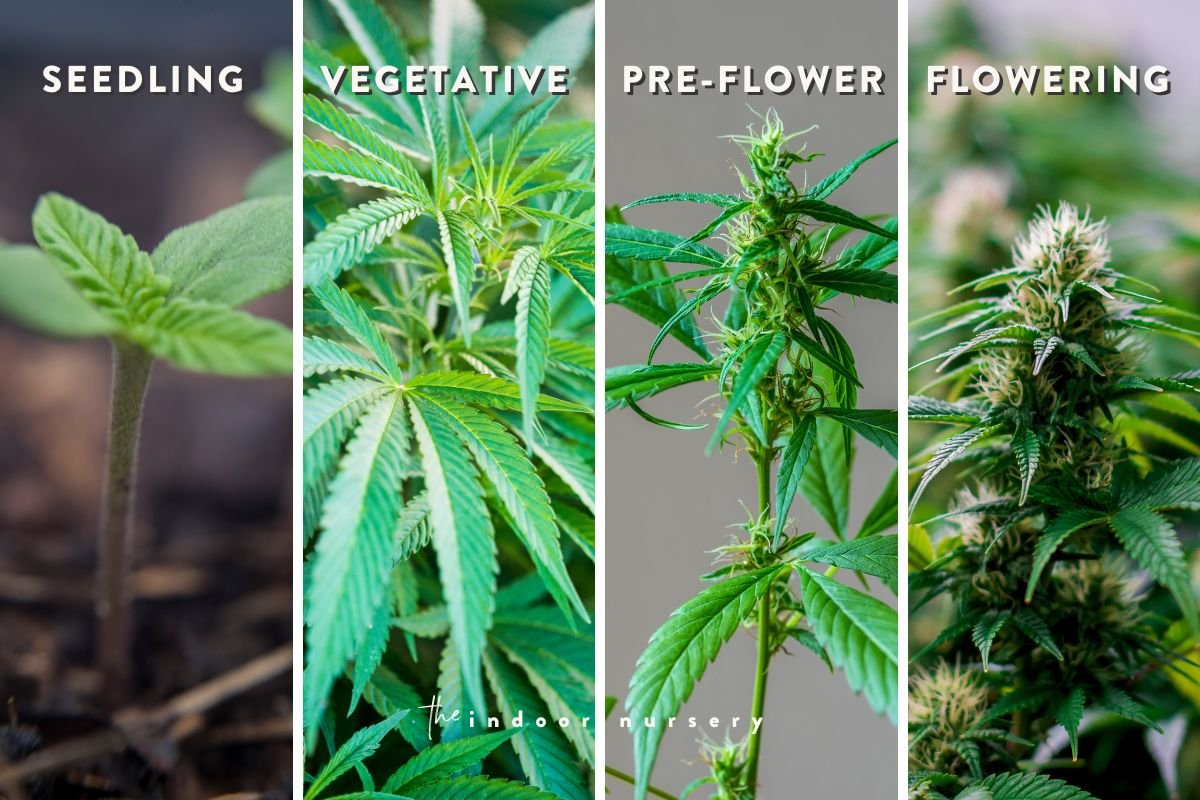
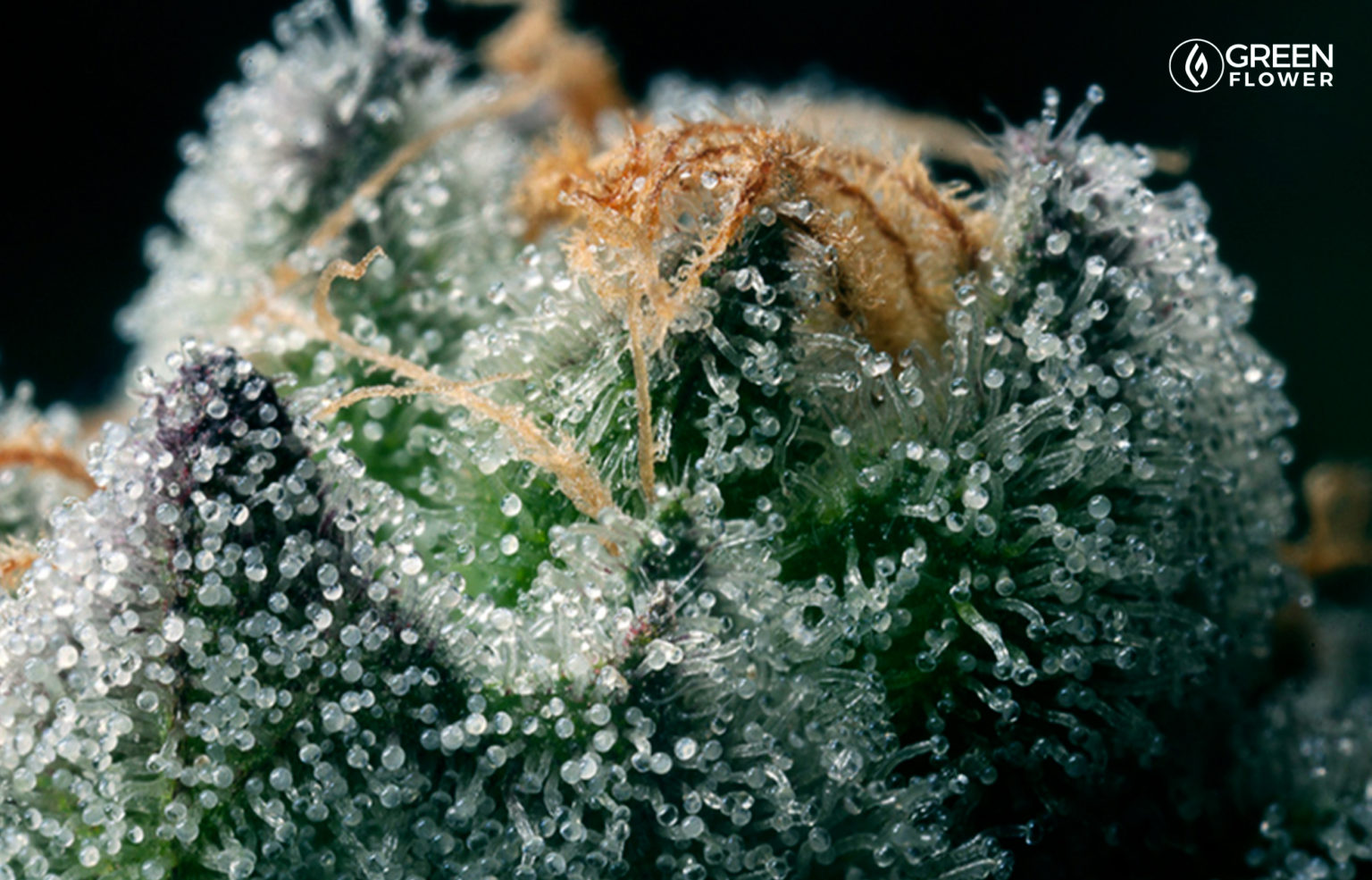
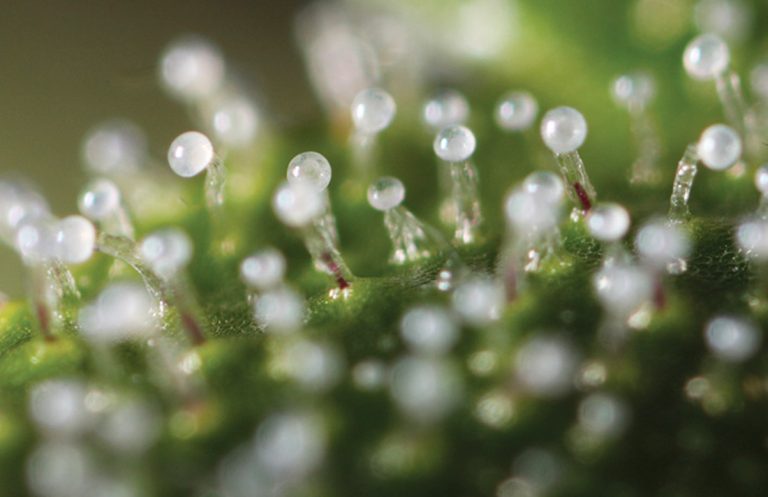
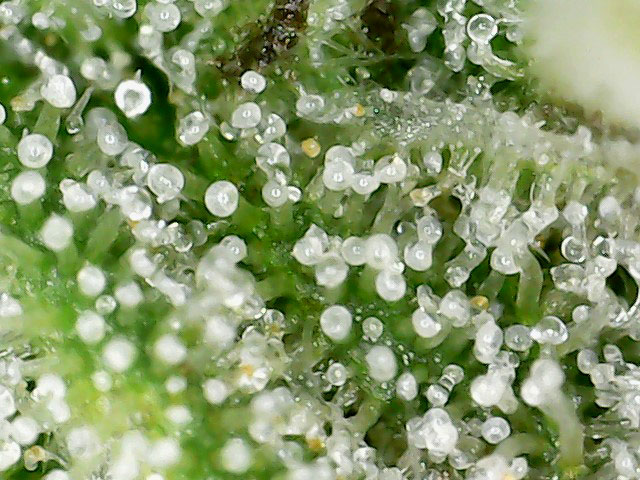
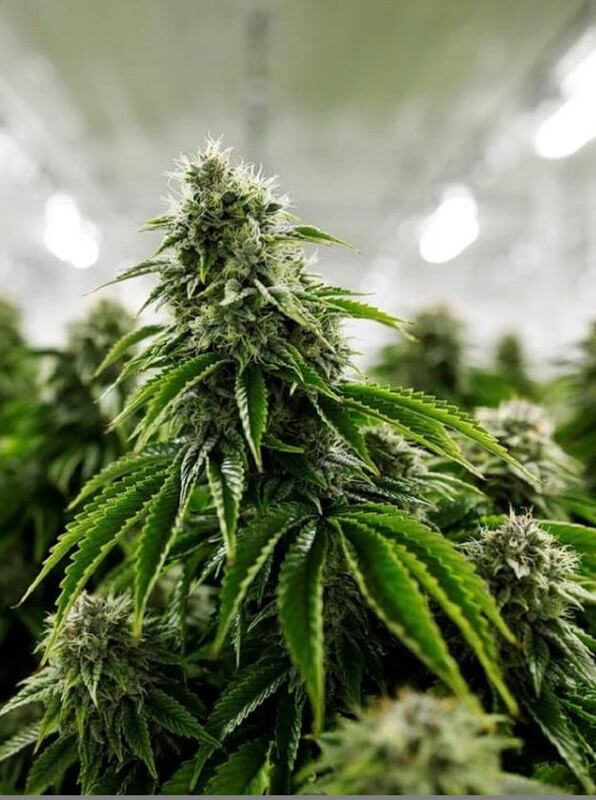



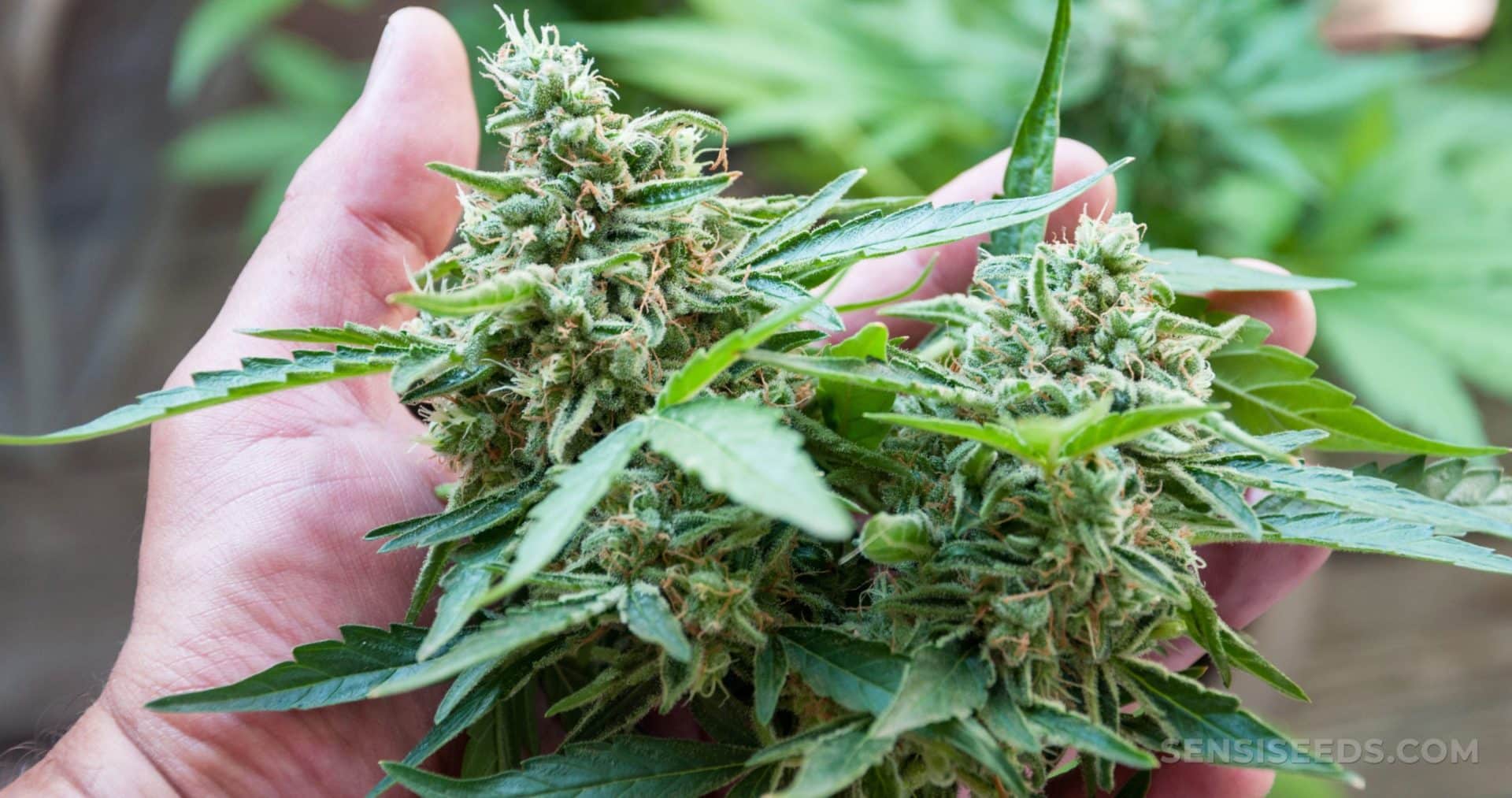
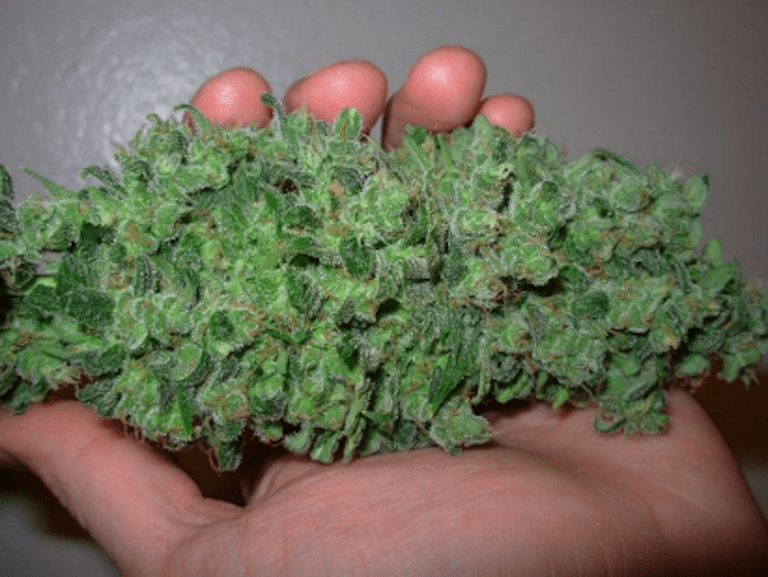
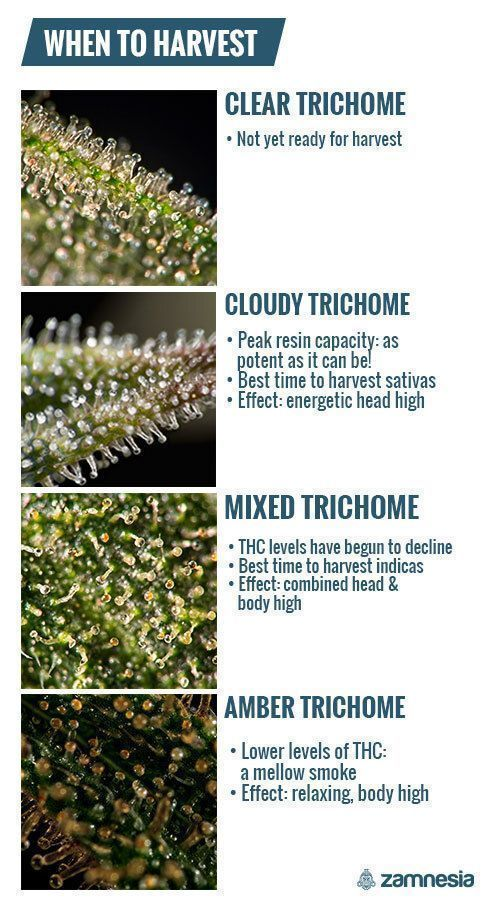
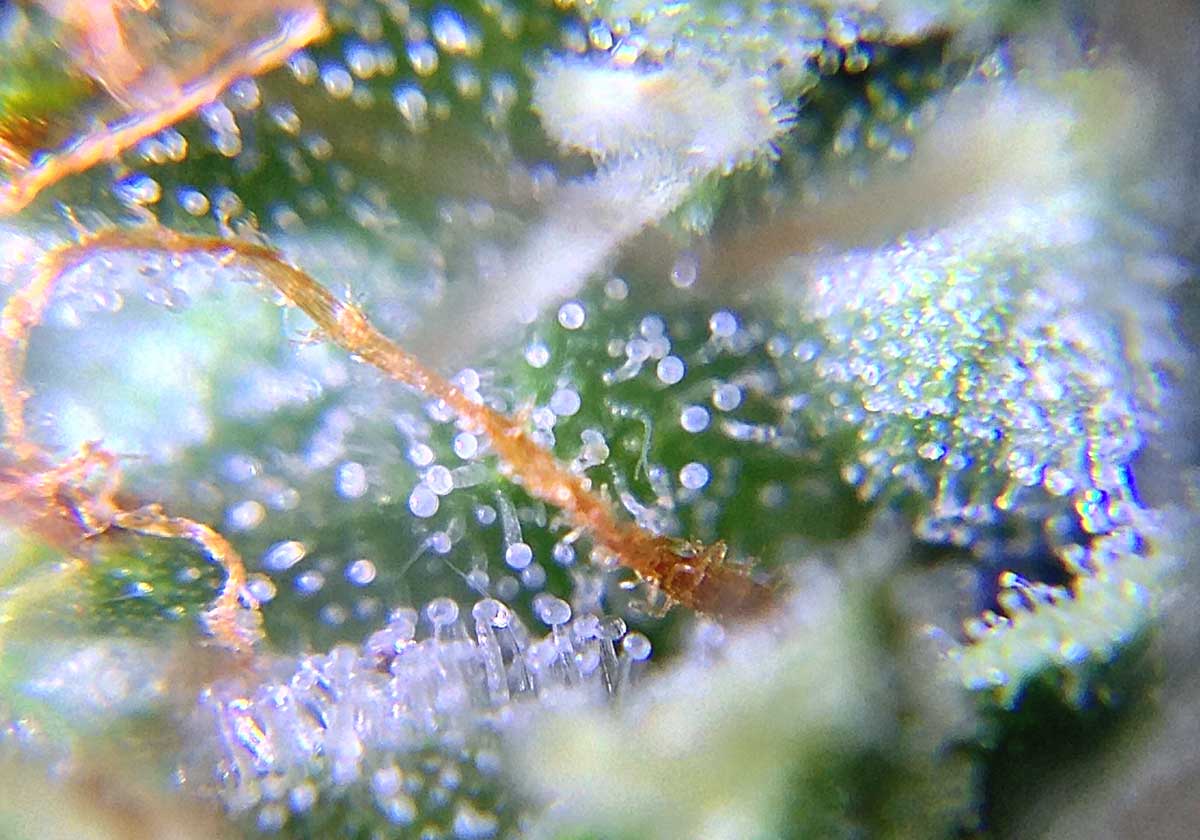

![What Does Weed Look Like When Its Ready To Harvest When Should You Harvest Weed? [Indoors & Outdoors] | NuggMD](https://www.nuggmd.com/wp-content/uploads/2022/10/When-to-Harvest-Weed-Compressed.jpeg)


